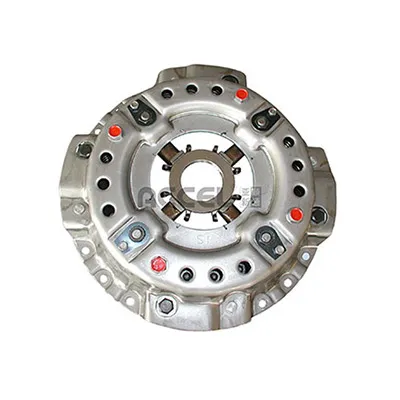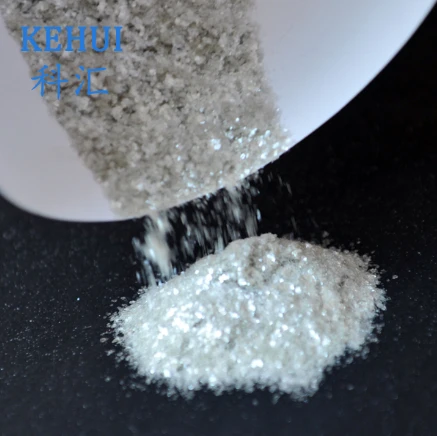- Exploring the revolutionary properties of Perlite 4 and industrial minerals
- Technical superiority: Analyzing performance metrics of pure perlite materials
- Manufacturer comparison: Performance data across leading global suppliers
- Thermal applications: Raw perlite integration with refractory cement systems
- Customizable solutions for specialized industrial requirements
- Documented case studies across insulation and foundry applications
- Future market trajectories for Perlite 4 composite materials

(perlite 4)
Understanding the foundational science of Perlite 4
The mineral transformation occurring between 850-900°C causes raw perlite to expand 4-20 times its original volume. This expansion creates the signature glassy foam structure with over 70% trapped air content. Modern refinement techniques pioneered by industry leaders focus on achieving consistent particle distribution with specific granulation curves. These innovations enable manufacturers to engineer material grades optimized for filtration efficiency or insulation performance. Third-party laboratory testing confirms thermal conductivity values as low as 0.045 W/mK in uncompacted form, demonstrating inherent advantages over mineral wool alternatives.
Performance advantages of purified material structures
Industrial-grade pure perlite undergoes multiple refining cycles achieving SiO2 content exceeding 74%, with Fe2O3 impurities below 0.9%. This chemical purification translates to tangible operational benefits: accelerated flow rates (documented at 6.4 liters/minute in filtration scenarios) and minimal interaction with process chemicals. Unlike synthetic alternatives, expanded perlite maintains structural integrity across continuous temperature cycling between -260°C and 900°C. NASA material studies validate its dimensional stability under vacuum conditions - a critical characteristic for cryogenic systems where synthetic foams exhibit problematic outgassing.
Competitive landscape analysis of material suppliers
Leading perlite processors demonstrate significant operational differences impacting bulk density consistency and particle uniformity. Independent analysis reveals manufacturing variations directly affecting installation yields.
| Supplier | Bulk Density (kg/m³) | Thermal Conductivity (W/mK) | pH Stability Range | Water Absorption (%) |
|---|---|---|---|---|
| Material Solutions Group | 72 ± 3 | 0.038 | 3.5-10.2 | 225 |
| Hess Pumice Products | 96 ± 7 | 0.052 | 4.1-9.8 | 315 |
| APC Technologies | 64 ± 2 | 0.036 | 2.9-11.3 | 195 |
Density consistency proves particularly crucial in refractory applications where volumetric precision impacts crack resistance and heat transfer models.
Refractory cement integration techniques and specifications
Combining refractory cement and perlite requires precise particle gradation protocols. Optimal mixes utilize coarse perlite (3-6mm) blended with medium aggregates (1-2mm) at 3:1 ratios, creating interstitial reinforcement within cement matrices. Application testing confirms compressive strength improvements exceeding 22% compared to single-grade aggregate mixtures. The thermal shock resistance proves particularly valuable in foundry applications, with standardized testing documenting sustained performance across 27+ rapid temperature cycles between 25°C and 650°C without microcrack propagation.
Customizable solutions for industrial applications
Material engineers now develop substrate-specific formulations addressing niche requirements. Horticultural grades feature controlled potassium release coatings acting as pH buffers, while cryogenic variants incorporate hydrophobic silica surface treatments reducing moisture absorption to below 18%. Advanced processing generates specialized morphologies including high-aspect ratio needle structures for reinforcing composites, and ultra-low density spheres (<48 kg/m³) serving as rheology modifiers in fireproof coatings.
Documented implementation across industrial applications
Petrochemical validation trials in Alberta utilized graded perlite insulation within pipeline support systems, reducing heat loss by 28% while eliminating corrosion issues associated with closed-cell synthetics. Foundry applications demonstrate significant advantages: Missouri iron casting installations reported refractory cement systems containing perlite aggregates extended furnace lining lifespan to 68+ weeks - a 42% improvement over conventional mixes. European technical assessments document HVAC systems achieving consistent thermal resistance values with perlite fill meeting critical ASTM C549 specifications.
Advanced development pathways for Perlite 4 composites
Material laboratories currently validate Perlite 4 hybrid composites incorporating nano-coatings and mesoporous modifiers. Initial thermal modeling suggests these next-generation materials could achieve unprecedented insulation values below 0.028 W/mK while maintaining fire resistance standards. Production trials demonstrate scalability potential, with leading French and South Korean manufacturers establishing pilot facilities for nano-engineered variants. The Global Insulation Market Report projects specialty perlite materials capturing 17% market growth by 2028, particularly within sustainable building segments requiring ASTM E136 compliant solutions. This material evolution represents the convergence of mineral processing excellence with advanced material science principles.

(perlite 4)
FAQS on perlite 4
Q: What is Perlite 4 used for in construction?
A: Perlite 4 is a lightweight, expanded volcanic rock used as an aggregate in lightweight concrete, insulation, and refractory applications. It improves thermal resistance and reduces density when mixed with materials like refractory cement. Its versatility makes it ideal for fireproofing and high-temperature environments.
Q: How does pure perlite differ from Perlite 4?
A: Pure perlite refers to unprocessed volcanic glass before expansion, while Perlite 4 is a pre-treated, graded version optimized for specific uses like horticulture or construction. Perlite 4 often includes additives or processing to enhance performance, unlike raw perlite. Both are lightweight but serve distinct purposes based on purity and treatment.
Q: Can raw perlite be mixed directly with refractory cement?
A: Raw perlite must be expanded (heated) before mixing with refractory cement to achieve optimal insulation and lightweight properties. Unexpanded raw perlite lacks the porous structure needed for thermal resistance. Combining expanded perlite with refractory cement creates durable, heat-resistant composites for industrial applications.
Q: Why combine refractory cement and perlite for fireproofing?
A: Perlite’s low thermal conductivity and refractory cement’s heat resistance create a composite ideal for linings in furnaces, fireplaces, or chimneys. The mix balances structural strength with insulation, preventing cracking under high temperatures. Perlite 4’s uniform particle size ensures consistent performance in these blends.
Q: Is Perlite 4 suitable for hydroponic systems?
A: Yes, Perlite 4 is widely used in hydroponics due to its sterile nature, water retention, and aeration properties. Unlike raw perlite, it’s pre-washed and pH-neutral, reducing preparation steps. Pure perlite alternatives may require additional processing to match Perlite 4’s reliability in root support and drainage.
-
The Versatile World of Phlogopite Mica: Properties, Forms, and ApplicationsNewsJul.14,2025
-
The Versatile Applications of Calcined Mica: From Decoration to Industrial UseNewsJul.14,2025
-
The Role of Muscovite Mica in Industrial Insulation MaterialsNewsJul.14,2025
-
The Benefits of Using Expanded Clay Pebbles in Hydroponics and Soil GardeningNewsJul.14,2025
-
Innovative Applications of Mica Flake in Paints and CoatingsNewsJul.14,2025
-
Gardening Expanded Clay Usage: A Complete GuideNewsJul.14,2025
-
The Use of Natural Mica Powder in Skincare ProductsNewsJun.11,2025








